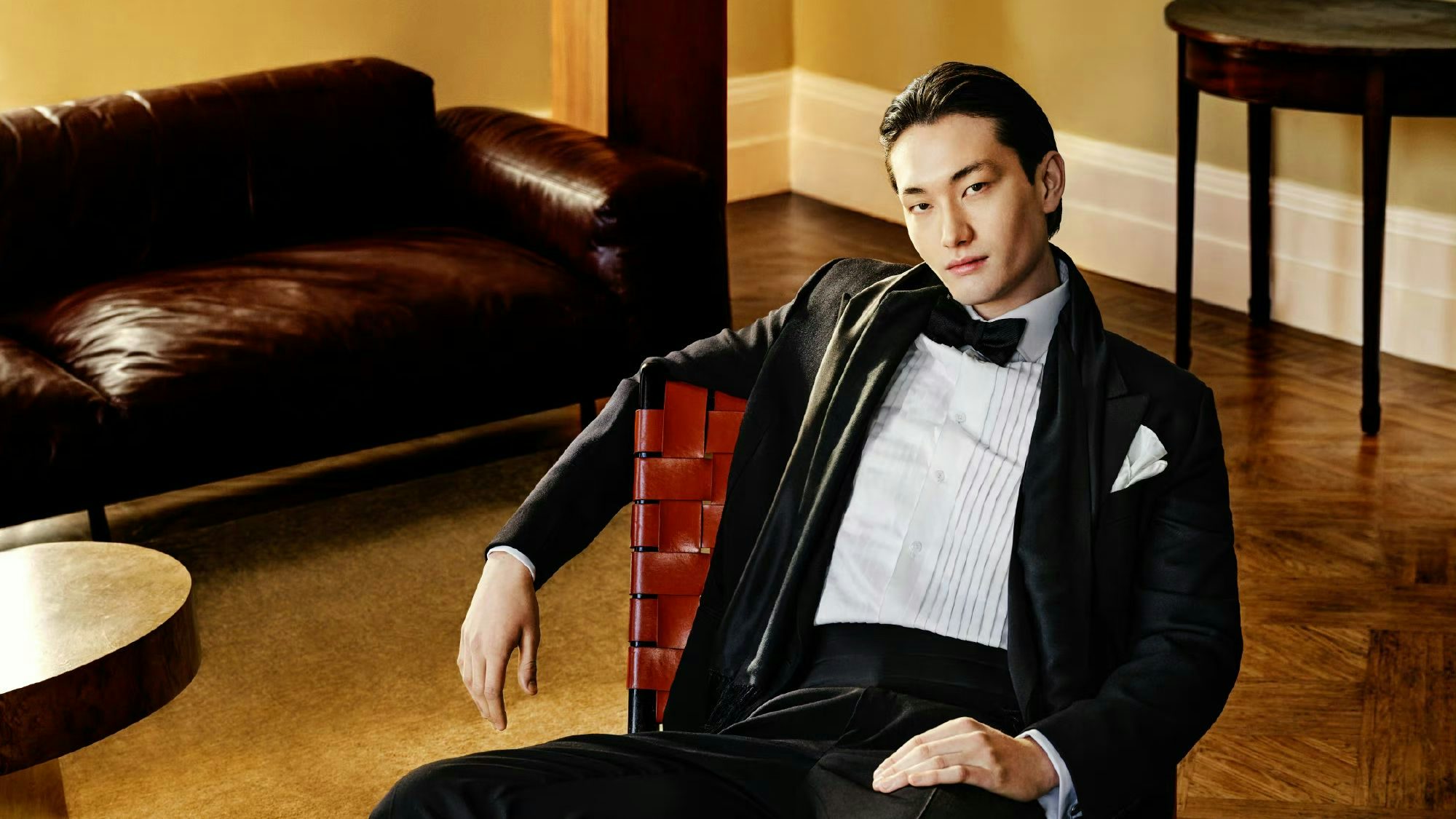Last month, California-based designer Rhuigi Villaseñor announced his departure from Swiss label Bally, a little over a year after he took on the creative director role. Days later, French designer Ludovic de Saint Sernin made an abrupt departure from Ann Demeulemeester, where he’d shown only one collection as creative director of the Belgian label.
Just as the ink was drying on their sudden departures, Bally announced Gucci alum Simone Bellotti as the successor to Villaseñor, while Ann Demeulemeester named Stefano Gallici, who has been at the brand since 2020, to fill de Saint Sernin’s shoes.

Bellotti and Gallici both bring credible design experience to their creative directorships. However, unlike de Saint Sernin or Villaseñor, neither have founded their own label and thus lack the hype that their predecessors possessed.
That doesn’t mean that Gallici and Bellotti aren’t in a position to have successful tenures in their new roles. But it does indicate that a certain model might be fracturing: specifically, the fashion model that expects young talent to create an acclaimed, forward-thinking brand before becoming a viable candidate to reinvent a more stalwart brand.
“Maybe young designers should stop glorifying these positions and this linear and dated way of working,” wrote fashion platform 1 Granary on Instagram shortly after Villaseñor and de Saint Sernin’s departures. “And maybe the management of big brands should stop glorifying and trying to monetize youth.”
The short tenures also beg the question: If Villaseñor and de Saint Sernin already have success at their namesake brands, do they really need the credibility of Bally or Ann Demeulemeester to boost their careers?
New gen success#
"I think technology, specifically social media, has allowed for creators in multiple industries to rise into prominence without having to be associated with a bigger brand,” says Roxanne Barretto, chief operating officer of Syky, a Web3 platform founded to assist young creatives developing both physical and digital designs. “We really are in the midst of a democratization revolution in which creators, be it designers, photographers or artists, have the power to build their communities from the ground up and make a name for themselves."
Villaseñor founded his brand Rhude in 2015 and soon developed a social media following for his vision of Los Angeles-inspired casual streetwear. Bringing promises of a crucial dose of cool, he joined the 171-year-old middling Swiss brand Bally in 2022.
Meanwhile, de Saint Sernin founded his namesake label in 2017 with a gender-fluid take on sensuality, and aimed to bring that modern sensibility to the Belgian brand founded in the ’80s. Despite his short time at the brand, de Saint Sernin helped it connect with a young crowd by dressing Euphoria star Hunter Schafer in a barely-there Ann Demeulemeester feather-crop top for the 2023 Vanity Fair Oscars after party.
“Legacy fashion brands are increasingly turning to younger creative directors who possess a deep understanding of the digitally-native generations that hold significant consumer power,” says Barretto. “These younger creatives bring a fresh perspective and an innate understanding of the evolving consumer landscape, which is increasingly influenced by digital platforms and social media.”
But while the two designers have been quiet on the reasons for their quick exits, both hinted at difficulties in aligning their vision with that of their more established employer.
“Never compromise your values or culture for anything,” tweeted Villaseñor on the same day his departure from Bally was announced. According to reports, de Saint Sernin clashed with management at Ann Demeulemeester.
“Often once you become part of a legacy house or a big business you can get buried in their goals and forget about your own,” says Julie Anne Quay, co-founder and CEO of VFiles, an incubator for rising talent. “It’s very important to maintain your own identity and perspective as you grow and consider career paths for yourself while keeping your own goals close at hand.”
Even when departures have had more positive overtones, emerging designers are still taking on short tenures at legacy brands. Rushemy Botter and Lisi Herrebrugh, the duo behind Botter, left Nina Ricci after just three years, with the Puig-owned brand calling the split a mutual decision.
Harris Reed, a British-American designer and founder of his namesake gender-fluid label, was announced as creative director this March. Reed has been tasked with establishing a more defined identity for the house, and his Nina Ricci designs have already landed on the backs of Harry Styles, Adele and Florence Pugh.

Turning buzz into bucks#
Reed, like Villaseñor and de Saint Sernin, has already found success at his own label with showings at London Fashion Week and collaborations with the likes of Missoma Jewelry. But that still isn’t always enough for young designers to achieve long-term stability.
A recent New York Times piece on Elena Velez highlighted the designer’s struggles to stave off bankruptcy, even after earning a CFDA Award and gaining coveted rack space at retailers like H. Lorenzo. Buzz simply doesn’t equal money.
“How many accomplishments do I have to collect, and how many co-signs and check marks does it take before people invest in helping me keep myself afloat?” Velez told the Times.
Quay explains that the financial struggles faced by designers like Velez have always existed in the industry but are now more exaggerated as big brands can get products to the market faster and have larger budgets to spend on marketing. "They have financing in play, marketing teams, HR and other ‘chunky’ business operational skills that young designers don’t have as they are starting out or have access to.”
In that sense, secure employment from a brand with existing financial backing is still a hugely valuable post for young designers. But when it comes to establishing their own creative vision, not all legacy brands will be compatible with a designer with their own star power.
In recent months, the most storied household names like Gucci and Burberry have turned away from celebrity creative directors and put their focus back on their own heritage (with some notable exceptions of course, like Pharrell at Louis Vuitton menswear). For aspiring creative directors, the biggest role of all may still be at the helm of their own brand — if they make a brand that lasts, that is.


